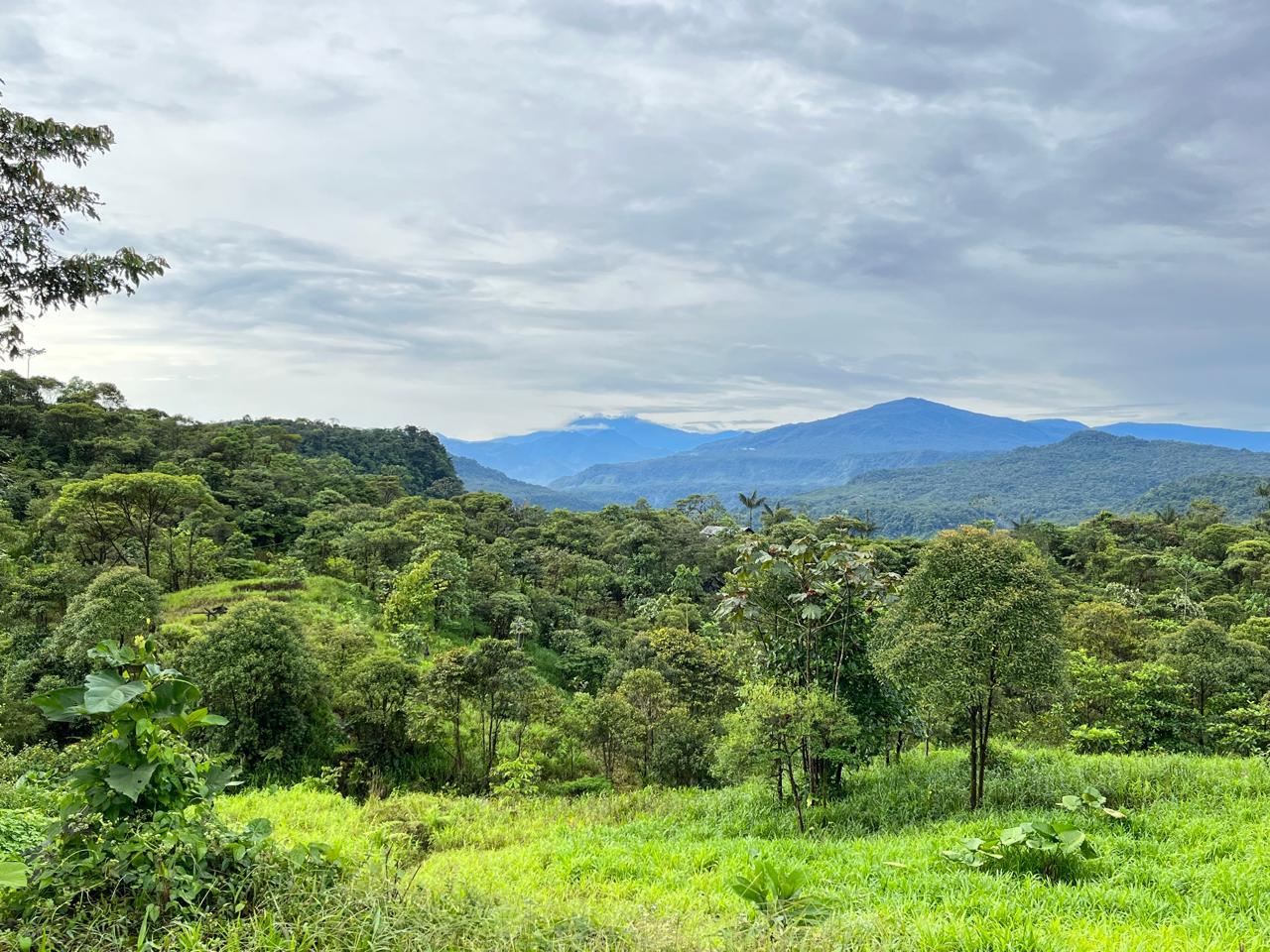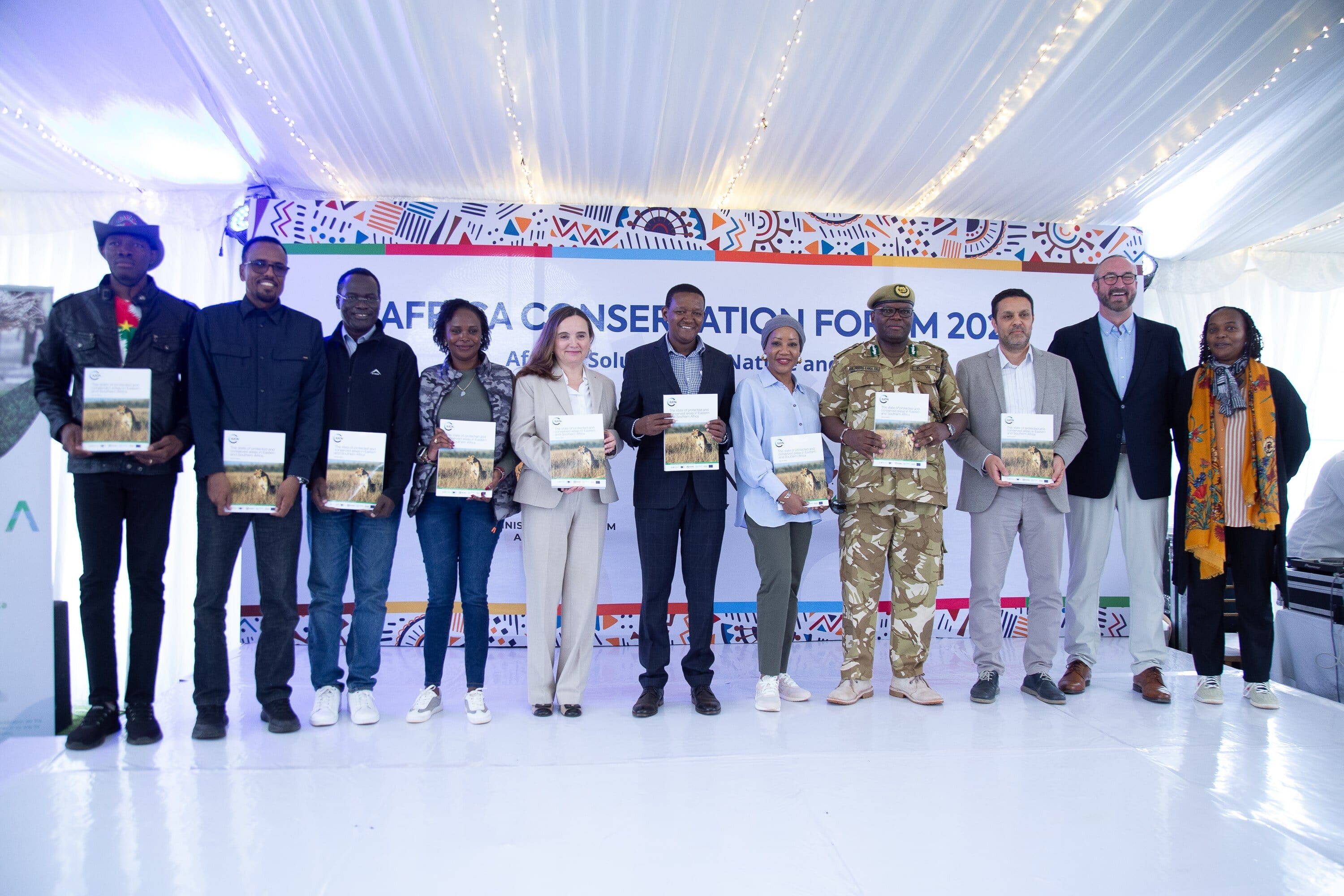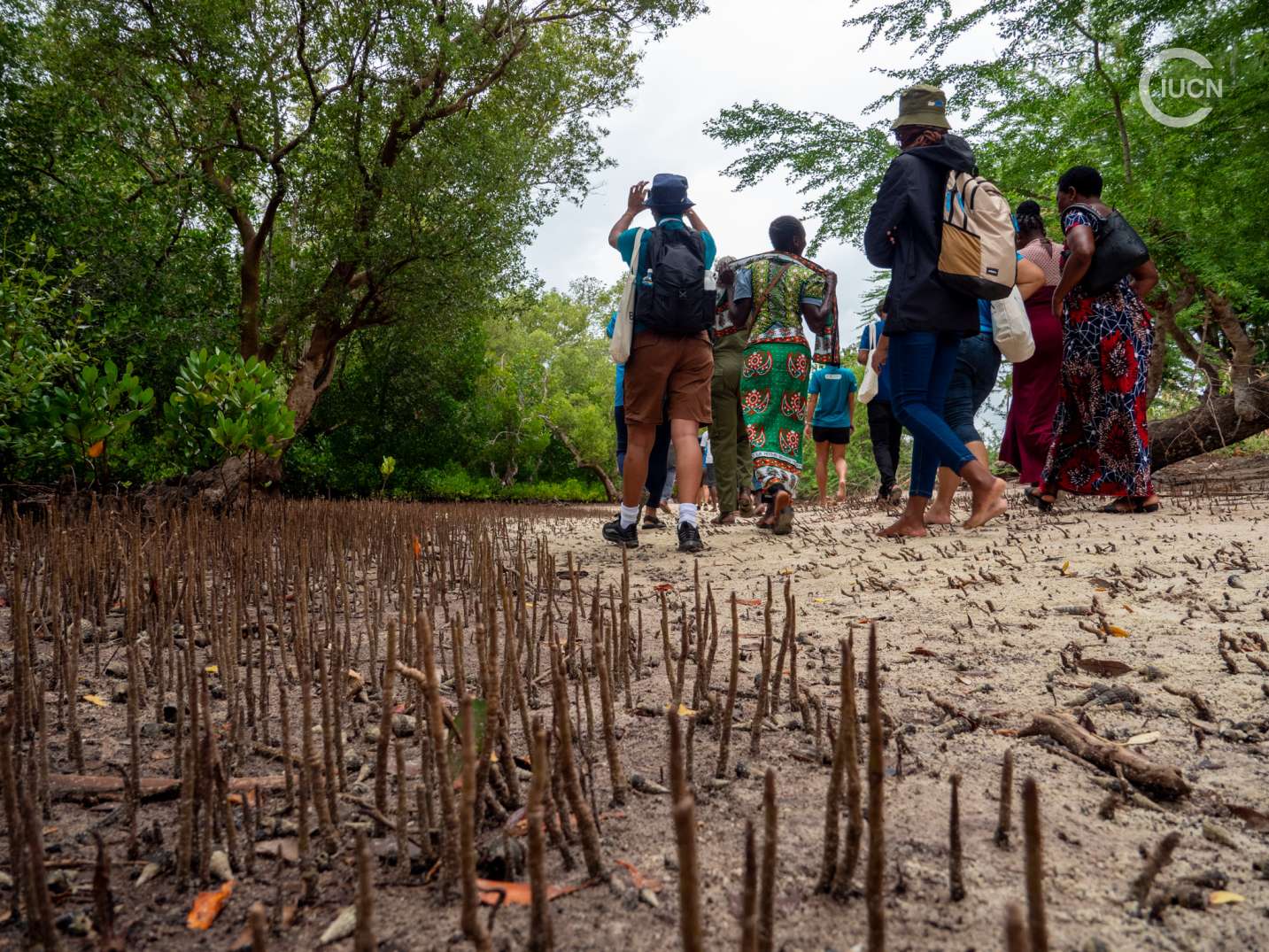Toward a New Paradigm of Conservation: the transformative potential of OECMs
Reconfiguring Global Biodiversity Strategy in the Anthropocene Era.
At a critical juncture for our planet, where human activities have ushered Earth into a new geological period known as the Anthropocene, the need to rethink our conservation strategies has become more imperative than ever. The year 2023 was marked as the hottest in the last 100,000 years, a stark reminder of the looming climate challenges. This context drives us to adopt urgent and effective measures to preserve biodiversity and the ecosystem services that sustain life on our planet.
The declaration and creation of protected areas have been central strategies in conservation efforts. However, the effectiveness of these areas depends not only on their existence but also on the availability of technical and financial resources for their management, integration with local communities, and their connection in ecological networks that enhance ecosystem resilience to challenges such as climate change, invasive species, and destructive human activities.
In this context, Other Effective Area-Based Conservation Measures (OECMs) emerge, a concept introduced in the Global Framework for Biodiversity in 2010 and reinforced in Target 3 of the new Global Biodiversity Framework for 2030. OECMs represent an expansion of the conservation paradigm, recognizing that there are strategies beyond protected areas, managed directly or indirectly to conserve biodiversity and relevant cultural, spiritual, and socio-economic values for local communities.
These sites may adopt various forms of governance and management, including indigenous territories, sustainable use areas, and community conservation areas, among others. The essential element is that they meet specific criteria guaranteeing their contribution to biodiversity conservation: clearly defined location with significant biodiversity values, clear objectives, equitable, participatory, and legitimate governance, and effective and adaptive management ensuring positive and lasting outcomes for biodiversity conservation.
OECMs offer significant benefits in terms of governance and participation, recognizing the diversity of actors in conservation, and promoting integrated conservation with sustainable development, thereby expanding the area under conservation management. However, they face other challenges, such as the risk of being used to meet quantitative targets, replacing declarations of protected areas with these figures, or being used as tools for "greenwashing."
Therefore, it is crucial that their implementation be participative, transparent, and respectful of the principles of the Convention on Biological Diversity (CBD) and the International Union for Conservation of Nature (IUCN) and that existing forms of governance be respected.
To ensure that a site is recognized as an OECM, a process of identification, recognition, and reporting based on the CBD criteria and IUCN guidelines is followed, involving various stakeholders. This process seeks not only the recognition of conservation efforts at these sites but also to foster continuous improvement and collective learning in conservation.
As we move toward 2030, OECMs represent an unprecedented opportunity to reconfigure our approach to biodiversity conservation, integrating global efforts with local realities and recognizing the complexity and diversity of natural and human systems. Their effective implementation could make a difference in preserving natural heritage for future generations.
This holistic and adaptive approach to conservation reflects a deep understanding of our interdependence with the natural world, underscoring the importance of addressing the biodiversity crisis with solutions that are inclusive, equitable, and based on collaboration across all sectors of society.
OECMs provide a means to expand the areas dedicated to conservation beyond the traditional boundaries of protected areas and recognize the vital role of local communities, indigenous peoples, and other actors in the management and conservation of biodiversity. By valuing and supporting these measures, we are fostering a conservation model that respects traditional knowledge and promotes sustainable practices that can coexist with conservation goals.
The recognition of OECMs also implies a commitment to continuous improvement and adaptability, understanding that conservation is a dynamic process that must respond to ecological, social, and economic changes. The participation of a wide range of actors in the evaluation and recognition process ensures that OECMs reflect the learning needs and aspirations of local communities, while meeting international conservation standards.
To achieve a significant impact on biodiversity conservation, it is essential to integrate OECMs into national and international biodiversity strategies, ensuring that they receive the necessary support for their effective implementation and management. This includes providing financial, technical, and policy resources that empower local communities and facilitate cooperation across different governance levels.
Ultimately, OECMs represent a critical component of our options to combat biodiversity loss and face the challenges of the Anthropocene. Their inclusive and flexible approach offers new possibilities for conservation, promoting the integration of biodiversity into the fabric of our societies and economies. By embracing the transformative potential of OECMs, we can move toward a future where harmonious coexistence between humans and nature is not only possible but thriving and duly recognized.
References:
-
IUCN-CMAP Specialist Group on OECMs. (2021). Recognition and Reporting of Other Effective Area-Based Conservation Measures. Gland, Switzerland: IUCN.
-
United Nations Environment Programme (UNEP). (2016). New UNEP Report: The State of Biodiversity in the Region. Retrieved from https://www.unep.org/node/20557
Disclaimer
Opinions expressed in posts featured on any Crossroads or other blogs and in related comments are those of the authors and do not necessarily reflect the opinions of IUCN or a consensus of its Member organisations.
IUCN moderates comments and reserves the right to remove posts that are deemed inappropriate, commercial in nature or unrelated to blog posts.




